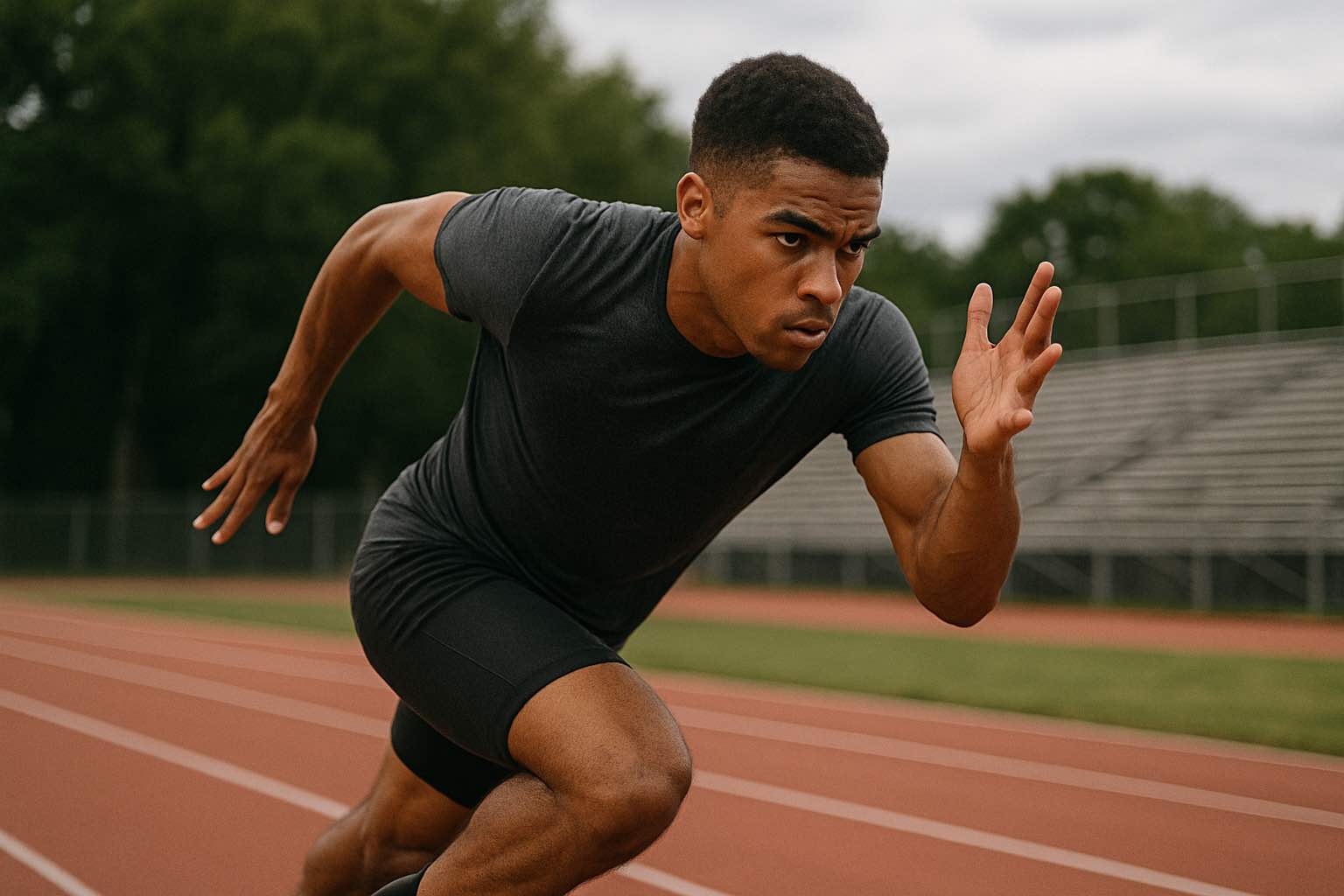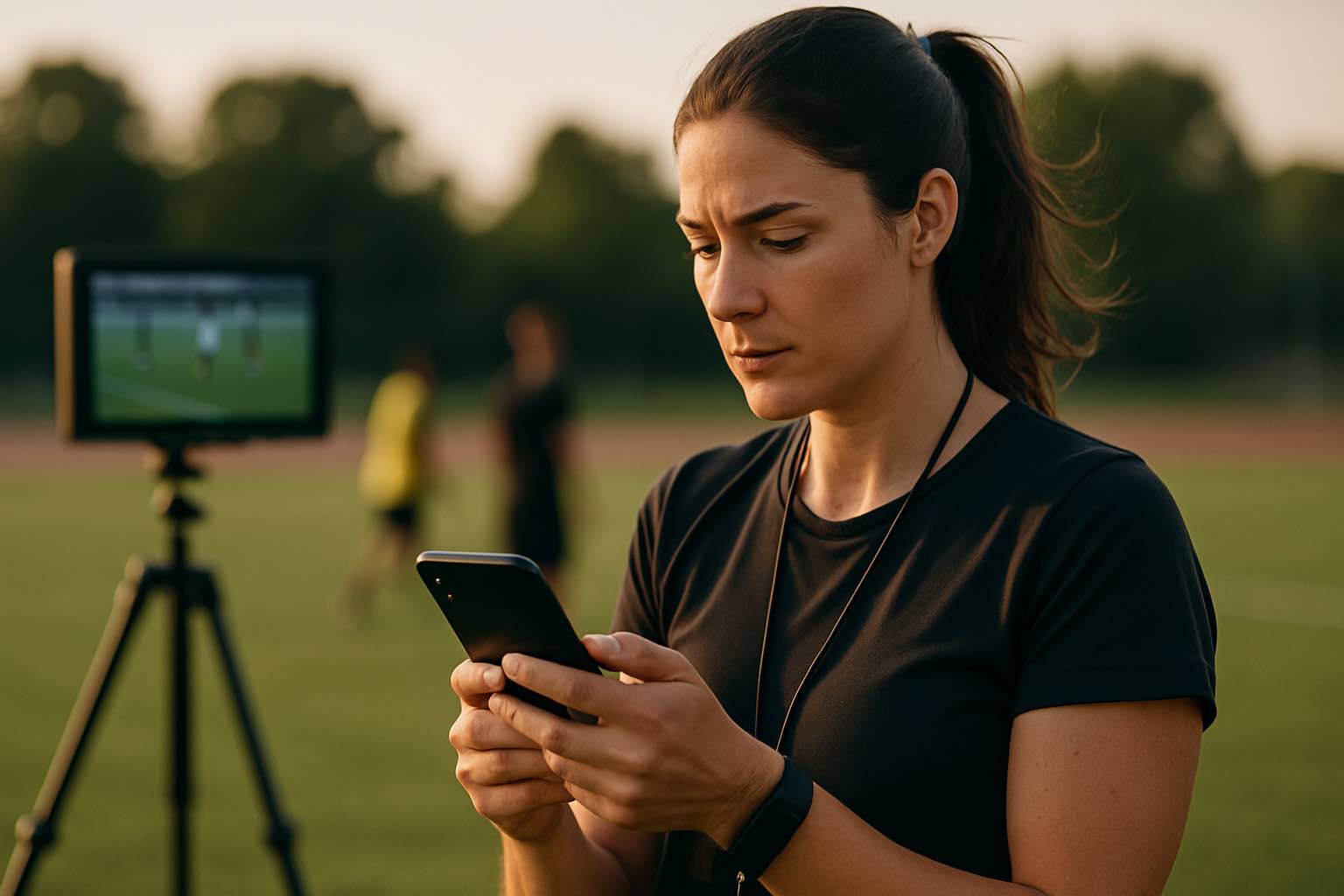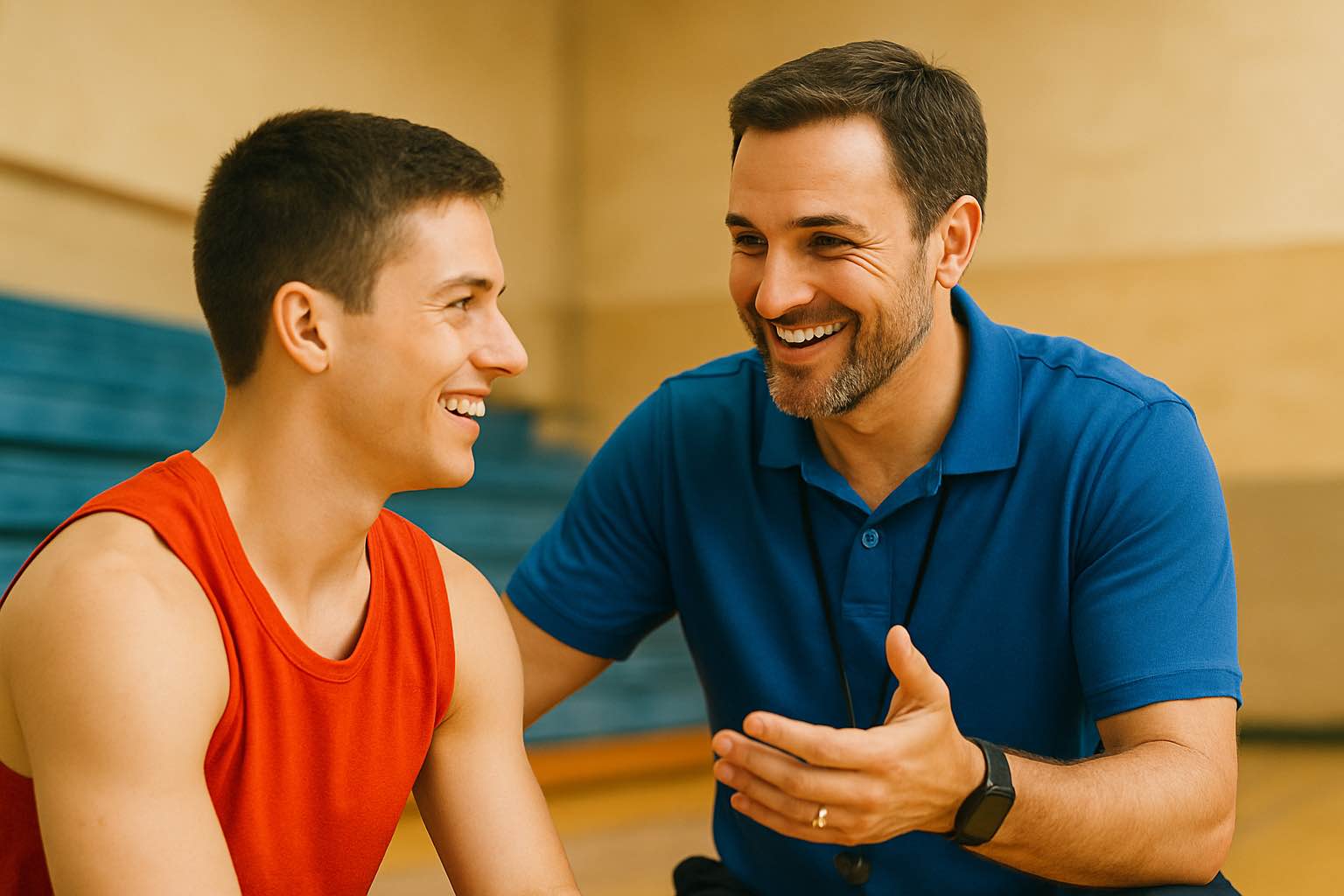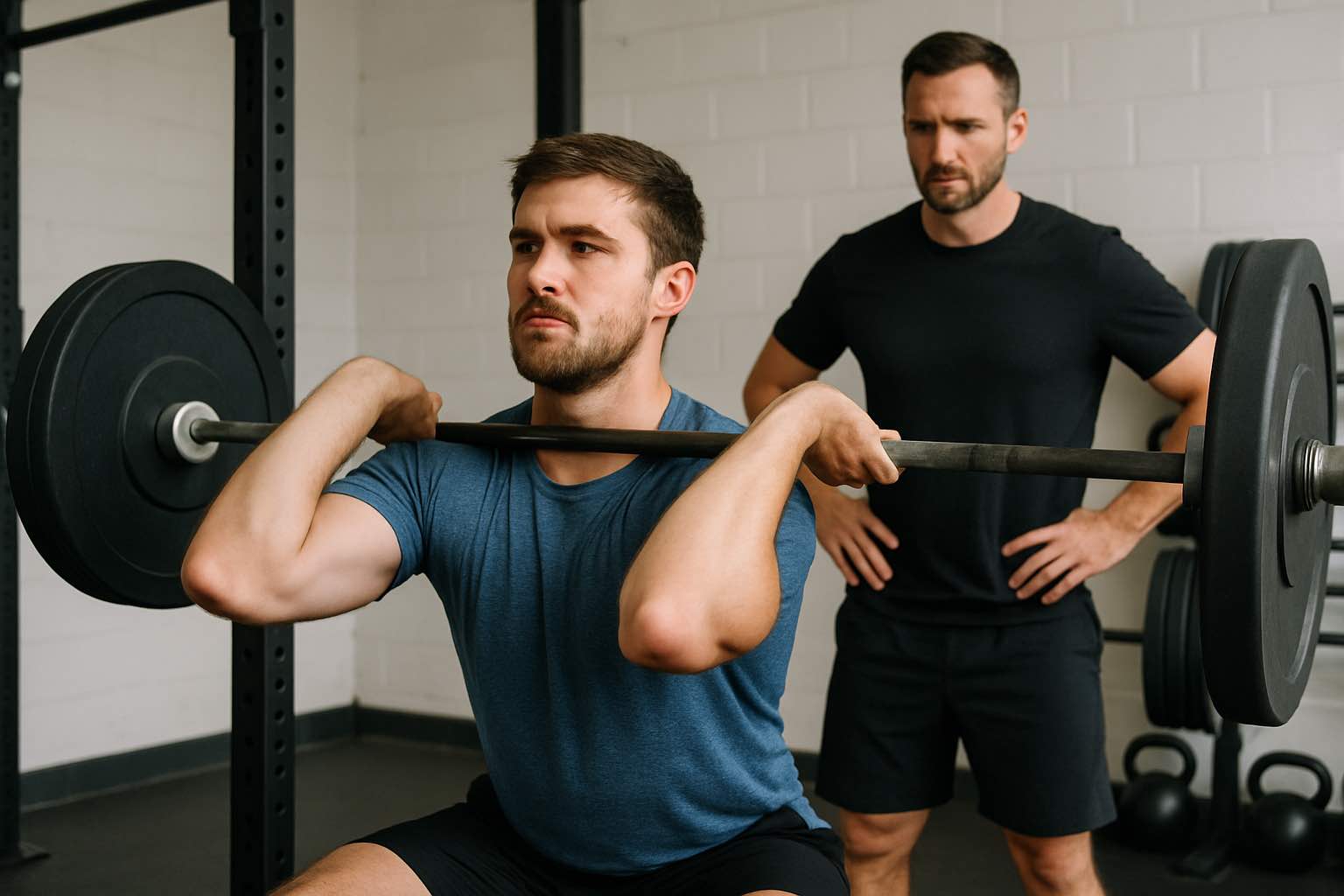Why Elite Athletes Are Ditching the 10,000-Hour Rule: The Science Behind Modern Sports Coaching
For years, the "10,000-hour rule" dominated sports training. Coaches believed that elite performance came from endless repetition—hit 10,000 tennis serves, shoot 10,000 free throws, and you'd become a champion. But groundbreaking research now shows this approach is outdated. Today's elite athletes are achieving better results with smarter, not harder, training methods.
The Problem with the 10,000-Hour Rule
Recent studies reveal a shocking truth: among elite athletes, deliberate practice accounts for only 1% of performance variance. That means 99% of what separates champions from others isn't just practice hours—it's how they practice.
The old model assumed all athletes are the same. Run the same drills, repeat the same movements, and everyone improves equally. But elite programs like ALTIS, which has produced 56 Olympic medals, prove this wrong. Their secret? Every athlete gets a completely different training plan.
The New Science: Systematic Variation
Modern sports science embraces "repetition without repetition"—a concept that sounds contradictory but transforms athlete development. Instead of repeating identical movements, athletes practice variations that build adaptable skills.
| Traditional Training | Modern Systematic Variation |
|---|---|
| 1,000 identical free throws | 1,000 free throws from different angles, distances, and game situations |
| Same weight routine daily | Varied loads, speeds, and movement patterns |
| Fixed drill sequences | Randomized skill challenges |
| One-size-fits-all programs | Personalized to each athlete's needs |
This approach develops what scientists call "motor schemas"—flexible movement patterns that adapt to real game situations. When LeBron James makes an impossible shot, he's not recreating something he's practiced 10,000 times. He's adapting his motor schema to a unique moment.
The Four Pillars of Elite Training Today
Modern champion-building programs share four key elements:
1. Hyper-Personalization
Elite coaches now create "constraints-led" training where each athlete faces challenges designed specifically for their development needs. Six athletes might train together but follow six completely different programs.
2. Multi-Source Data Integration
Coaches combine video analysis, wearable sensors, athlete feedback, and direct observation to understand each athlete holistically. This 360-degree view reveals patterns invisible to traditional coaching.
3. Psychological Skills Training
Mental training isn't optional anymore—it's fundamental. Research shows mindfulness training delivers the highest performance gains of any intervention.
| Psychological Skill | Performance Impact |
|---|---|
| Mindfulness Training | 135% improvement |
| Quiet Eye Training | 153% improvement |
| Visualization | 43-68% improvement |
| Self-Talk Techniques | 43-68% improvement |
4. Integrated Support Teams
Gone are the days of the lone coach. Today's elite athletes work with integrated teams including sports scientists, psychologists, nutritionists, and data analysts—all coordinating through unified systems.
What This Means for Athletes
Whether you're coaching youth sports or training for the Olympics, the message is clear: quality beats quantity. Smart variation beats mindless repetition. Personalized programs beat generic plans.
The 10,000-hour rule isn't completely wrong—dedication still matters. But how you spend those hours matters more. Elite athletes aren't just training harder; they're training smarter, with methods backed by science and technology.
The future of sports coaching isn't about doing more. It's about doing what's right for each individual athlete.



